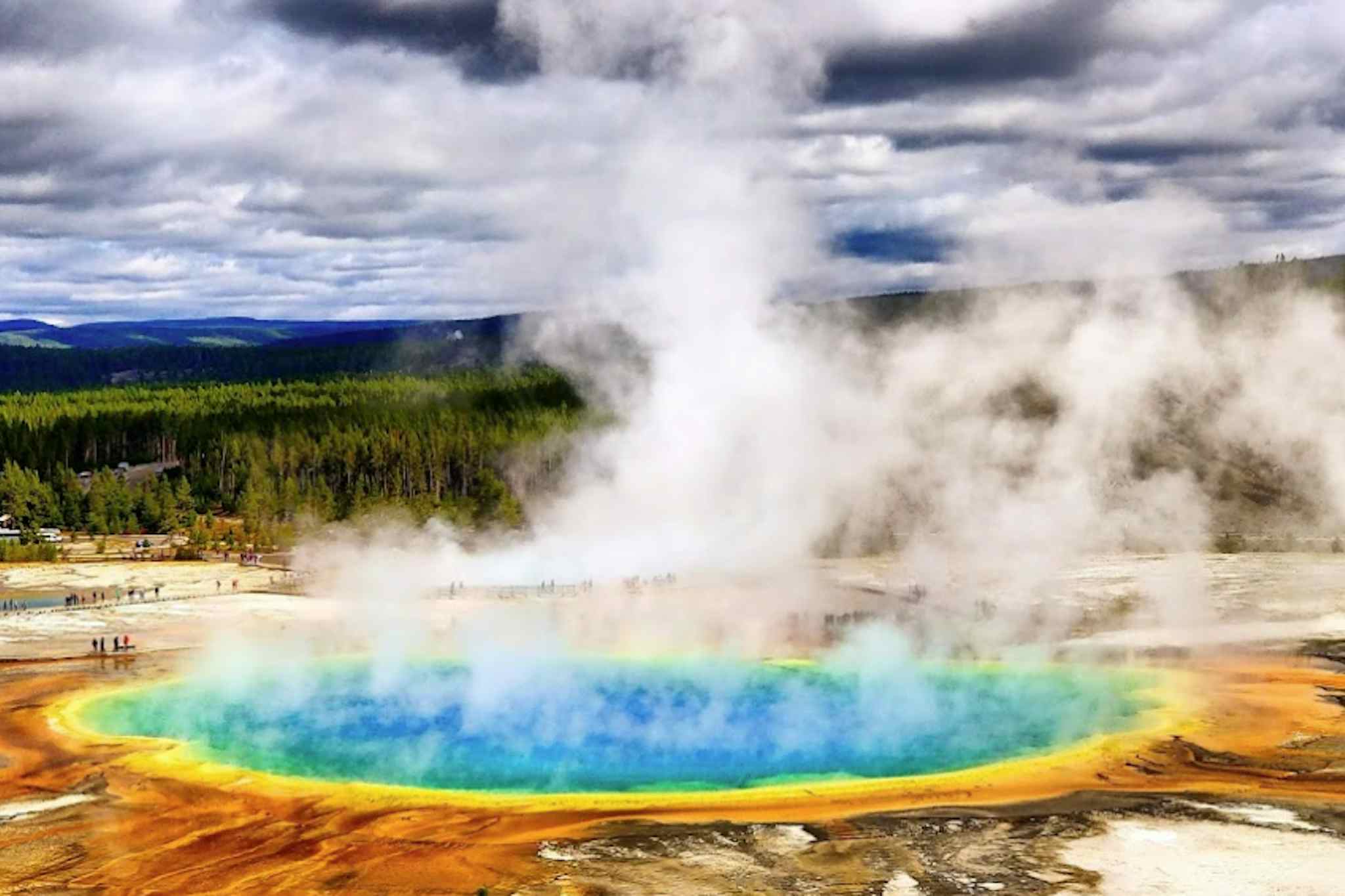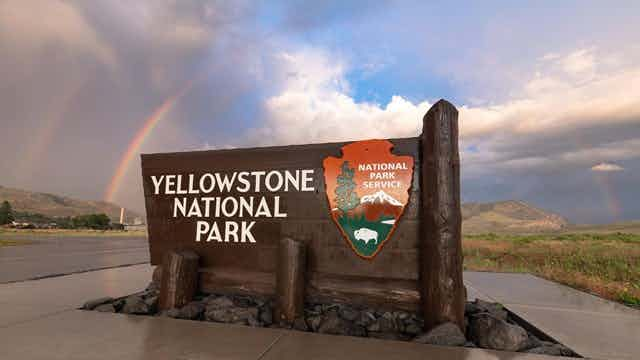Yellowstone National Park

Yellowstone National Park has rich human and ecological stories that continue to unfold.
Yellowstone National Park
Park County, Wyoming
(307) 344-7381History
On March 1, 1872, Yellowstone became the first national park for all to enjoy the unique hydrothermal and geologic features. Within Yellowstone's 2.2 million acres, visitors have unparalleled opportunities to observe wildlife in an intact ecosystem, explore geothermal areas that contain about half the world's active geysers, and view geologic wonders like the Grand Canyon of the Yellowstone River. People have spent time in the Yellowstone region for more than 11,000 years. Many tribes and bands used the park as their home, hunting grounds, and transportation routes prior to and after European American arrival.
Nature
Yellowstone National Park is as wondrous as it is complex. Established primarily to protect hydrothermal areas that contain about half the world's active geysers, the park also forms the core of the Greater Yellowstone Ecosystem. At 28,000 square miles, it is one of the largest, nearly intact temperate-zone ecosystems on Earth. It preserves a great variety of terrestrial, aquatic, and microbial life.
Natural processes operate in an ecological context that has been less subject to human alteration than most others throughout the nation—and throughout the world. This makes the park an invaluable natural reserve and reservoir of information.
There is a lot going on in Yellowstone National Park and the Greater Yellowstone Ecosystem. Different organizations, government agencies, and National Park Service offices provide additional information about various natural resource topics within the park and the surrounding ecosystem.
